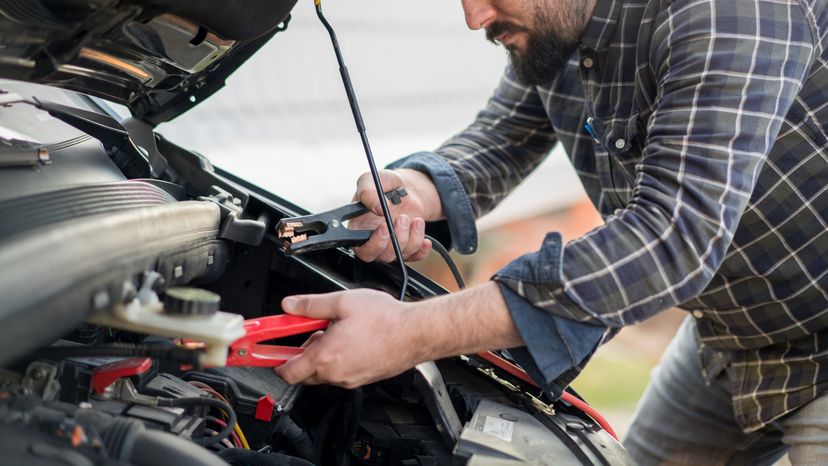
Deep cycle batteries and standard lead-acid batteries are both pivotal in the world of energy storage, powering everything from vehicles to renewable energy systems. Despite their similarities, these battery types serve distinct roles, tailored to different applications due to their unique characteristics.
So, what is a deep cycle battery? A subtype of lead-acid batteries, they are designed to be regularly deeply discharged using most of their capacity. Unlike standard lead-acid batteries, which are optimized for short, high-current bursts of energy (like starting an engine), deep cycle batteries are built to provide a steady amount of power over a long period.
Advertisement
In this article, we'll explore the difference between deep cycle and standard lead-acid batteries. In the process, consumers can select the right battery for their specific needs. We'll also explain how deep cycle batteries achieve these cyclic charges without degrading significantly.